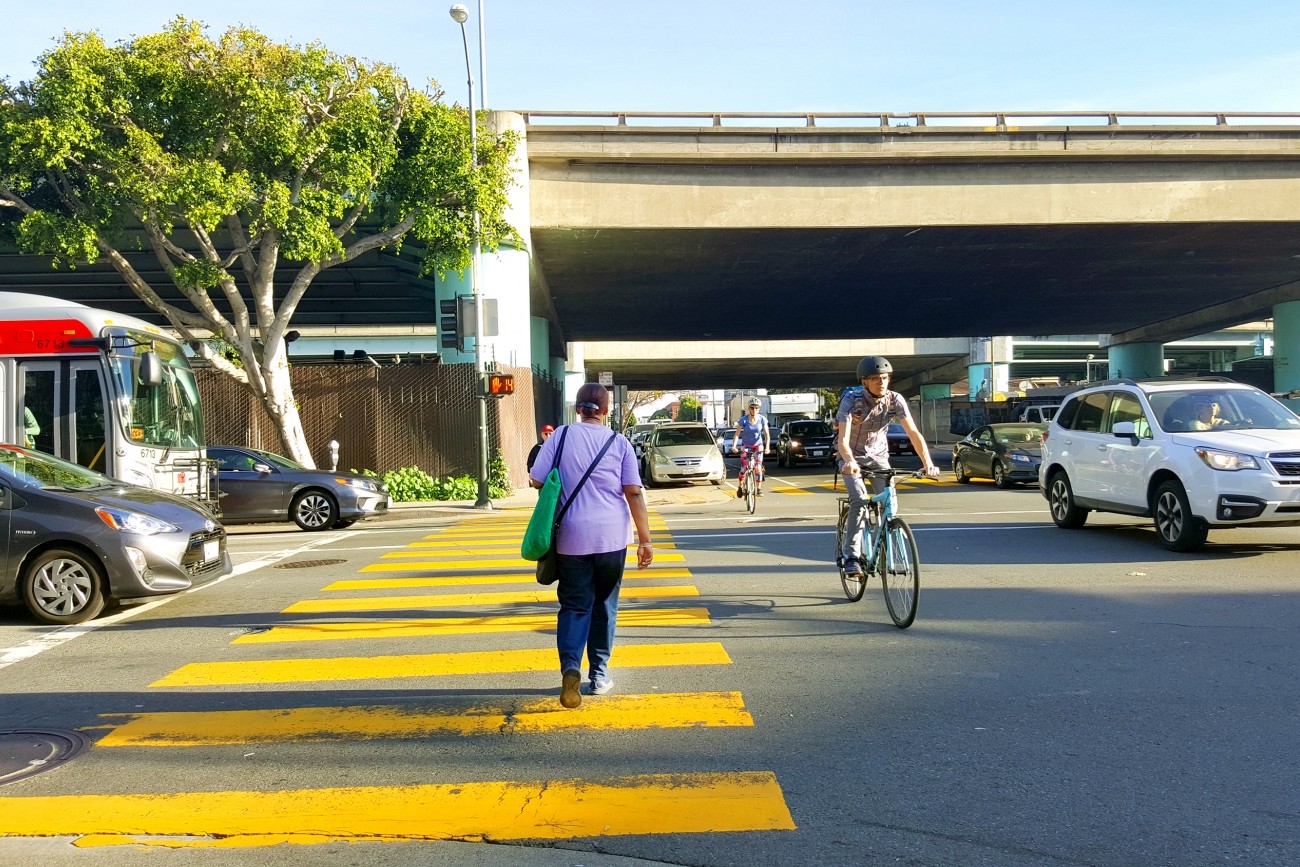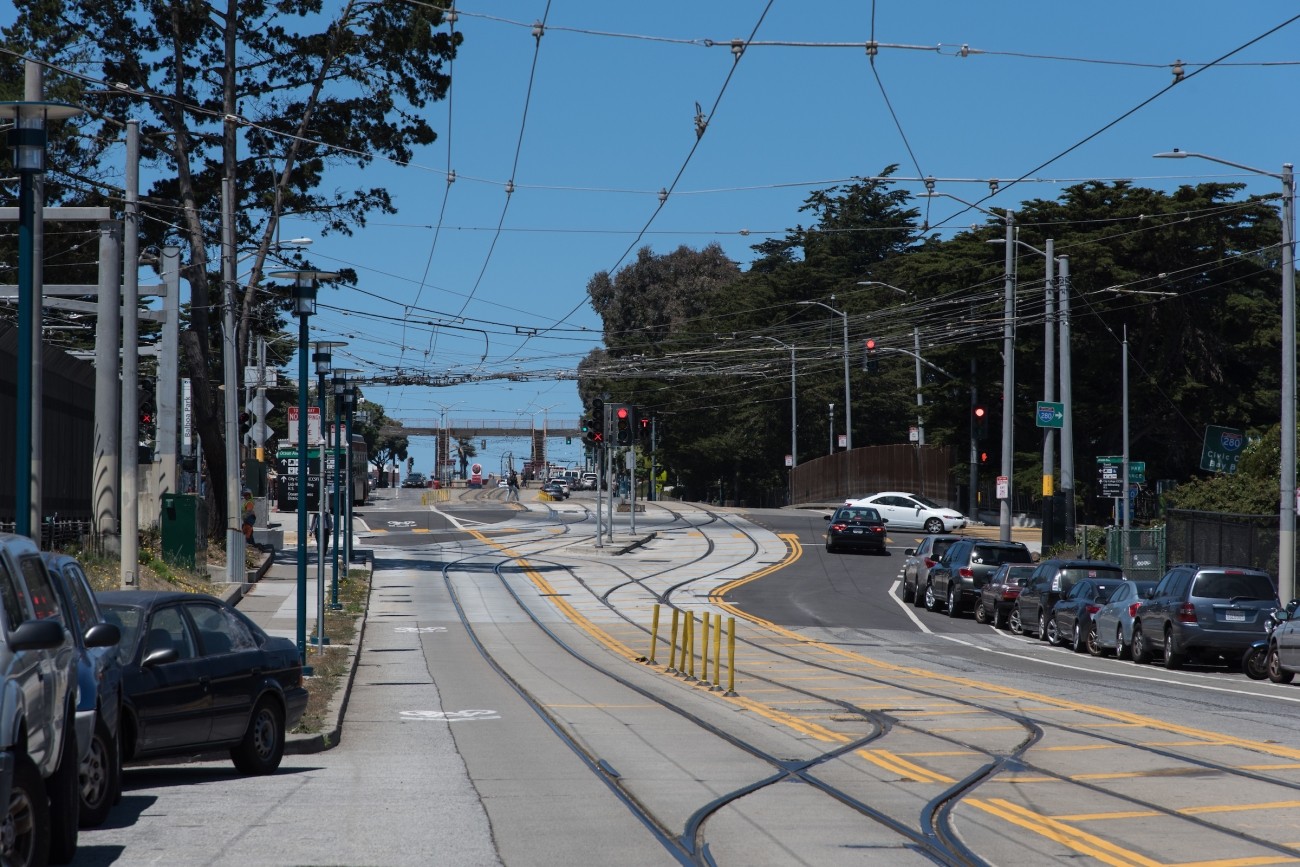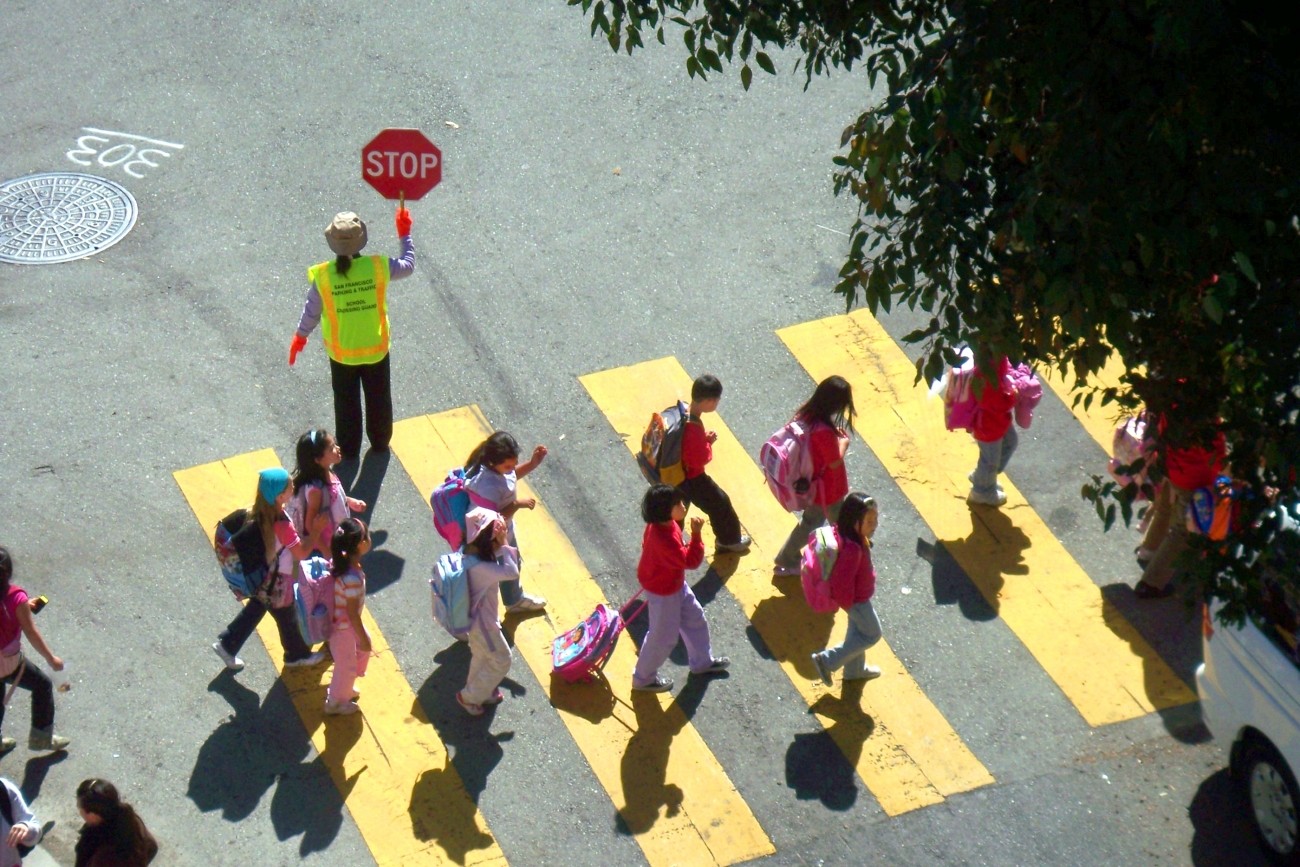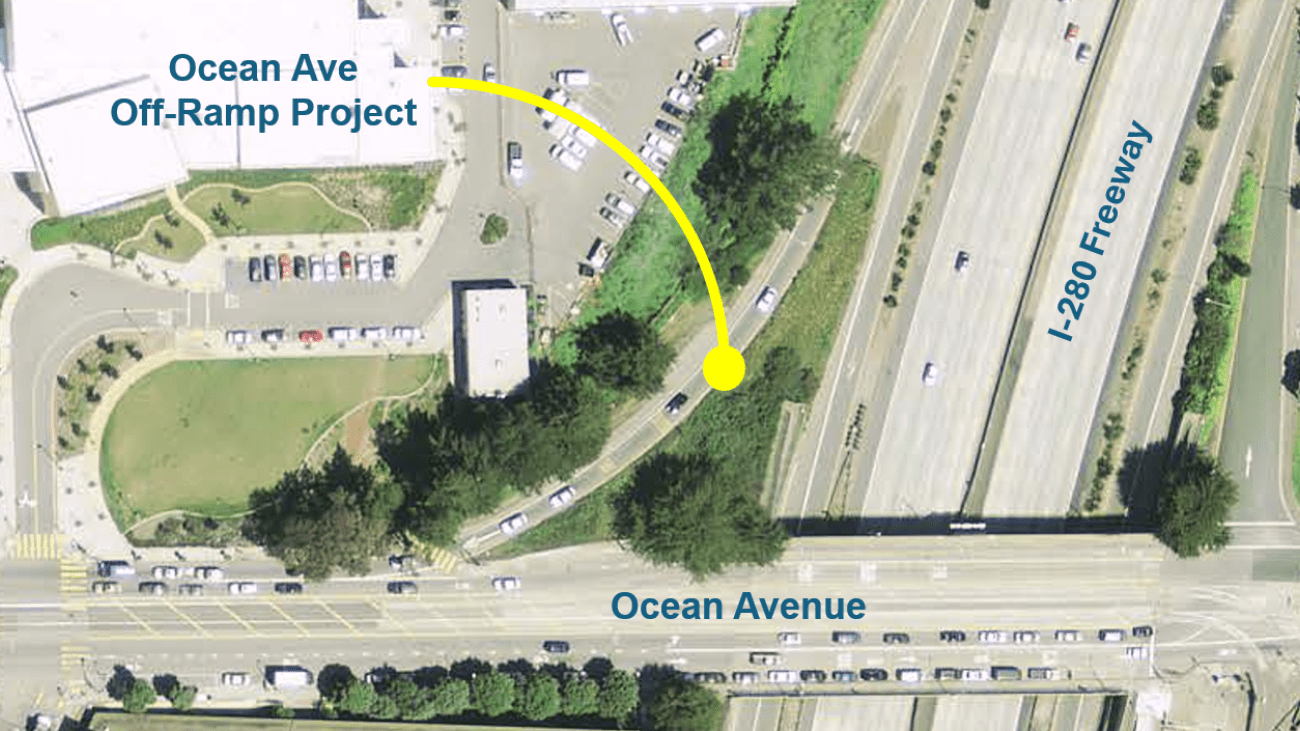
Introduction
The Balboa Park BART/Muni Station is one of the busiest transit hubs in San Francisco. Access to the station is complicated by the convergence of BART, Muni lines, people walking and biking, and six freeway ramps tying into the local street network directly adjacent to the station.
The Transportation Authority released the Balboa Park Circulation Study (PDF) in April 2014, with recommendations to reduce conflicts among different types of users at several locations in the station area, improve pedestrian and bicycle conditions while balancing vehicle operational needs.
A recommendation from the study is the realignment of the southbound I-280 Ocean Avenue off-ramp from a free-flow right turn into a “T” intersection with a new signal on Ocean Avenue. This realignment will reduce multimodal conflict especially between vehicles and bicyclists/pedestrians. The Transportation Authority worked closely with Caltrans on the preliminary engineering and environmental approval of this project. Caltrans approved the Project Study Report/Project Report (PSR/PR). The project also received National Environmental Policy Act and California Environmental Quality Act approvals. The project is currently in the design phase. The Transportation Authority is also partnering with SFMTA, SFPW, SFPUC and City College of San Francisco on this project.
Goals
- Reduce multimodal conflicts (vehicles, transit, pedestrians) at the I-280 freeway ramps while not substantially degrading vehicle operations in the area, including the I-280 freeway mainline.
- Provide safe, accessible, and convenient connections for pedestrians, bicycle, and intermodal travelers.
- Develop cost-effective solutions that support the community values and goals, without substantial construction-related impacts.
Timeline
-
Design Phase
2023 – 2025
-
Construction
2026 – 2028*
*pending funding
Project/Study Partners
- Caltrans
- SFPW
- SFMTA
- SFPUC
Cost and Funding
The I-280 Southbound Ocean Ave Project was funded by $2,100,000 in Prop K transportation sales tax dollars and Local Partnership Program for the design phase.
Resources
Final Report: Balboa Park Station Area Circulation Study, 2014 (PDF)
Contact
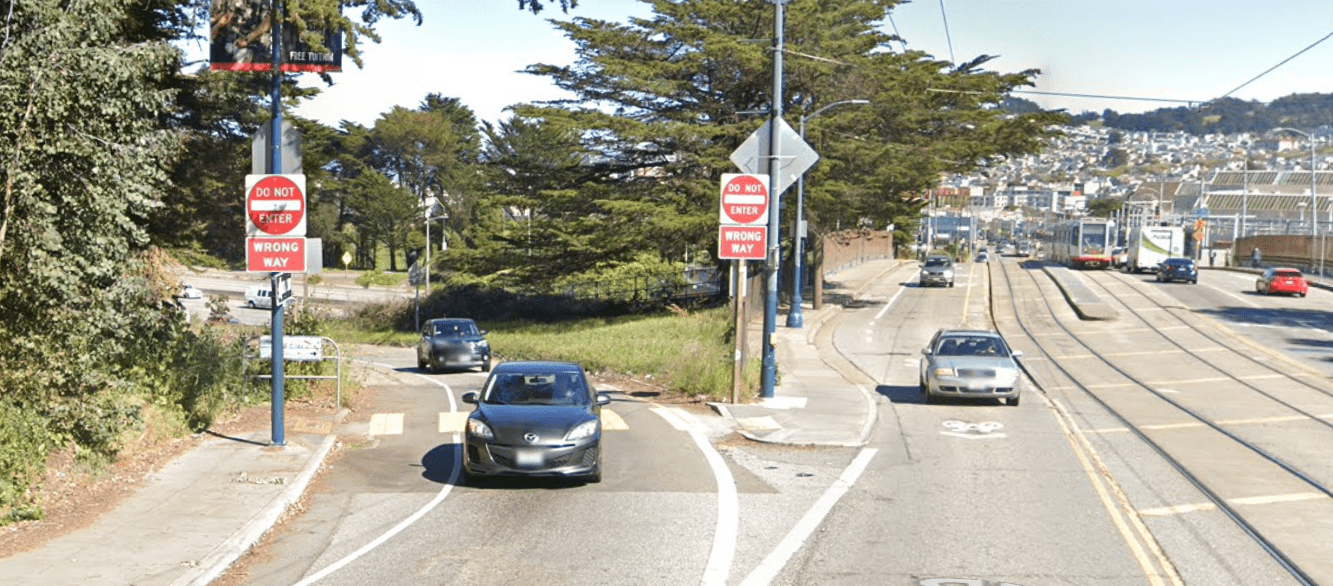
Current Phase Overview
The I-280 Ocean Avenue Off-Ramp Project will realign the existing free-flow right turn off-ramp into a "T-intersection" and install traffic signal for the off-ramp and westbound Ocean Avenue. The new off-ramp will have two vehicle lanes, retaining walls, roadway, curb ramp, and high-visibility crosswalks. The project team is working closely with SFMTA to improve Ocean Avenue by potentially adding a Class I path between the off-ramp and Howth Street. When complete, the project is expected to improve pedestrian, bicyclists, and vehicle safety at this intersection.

